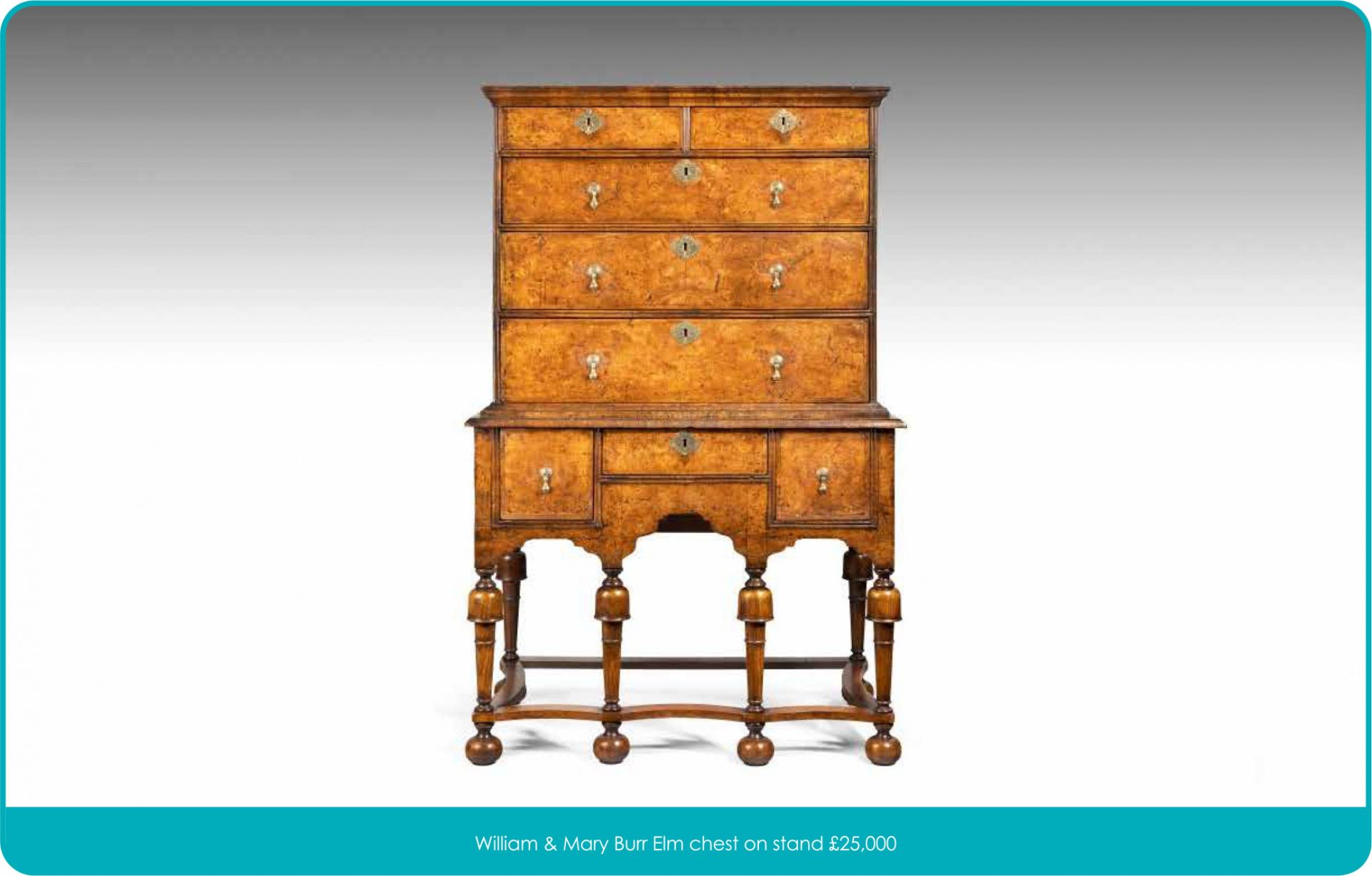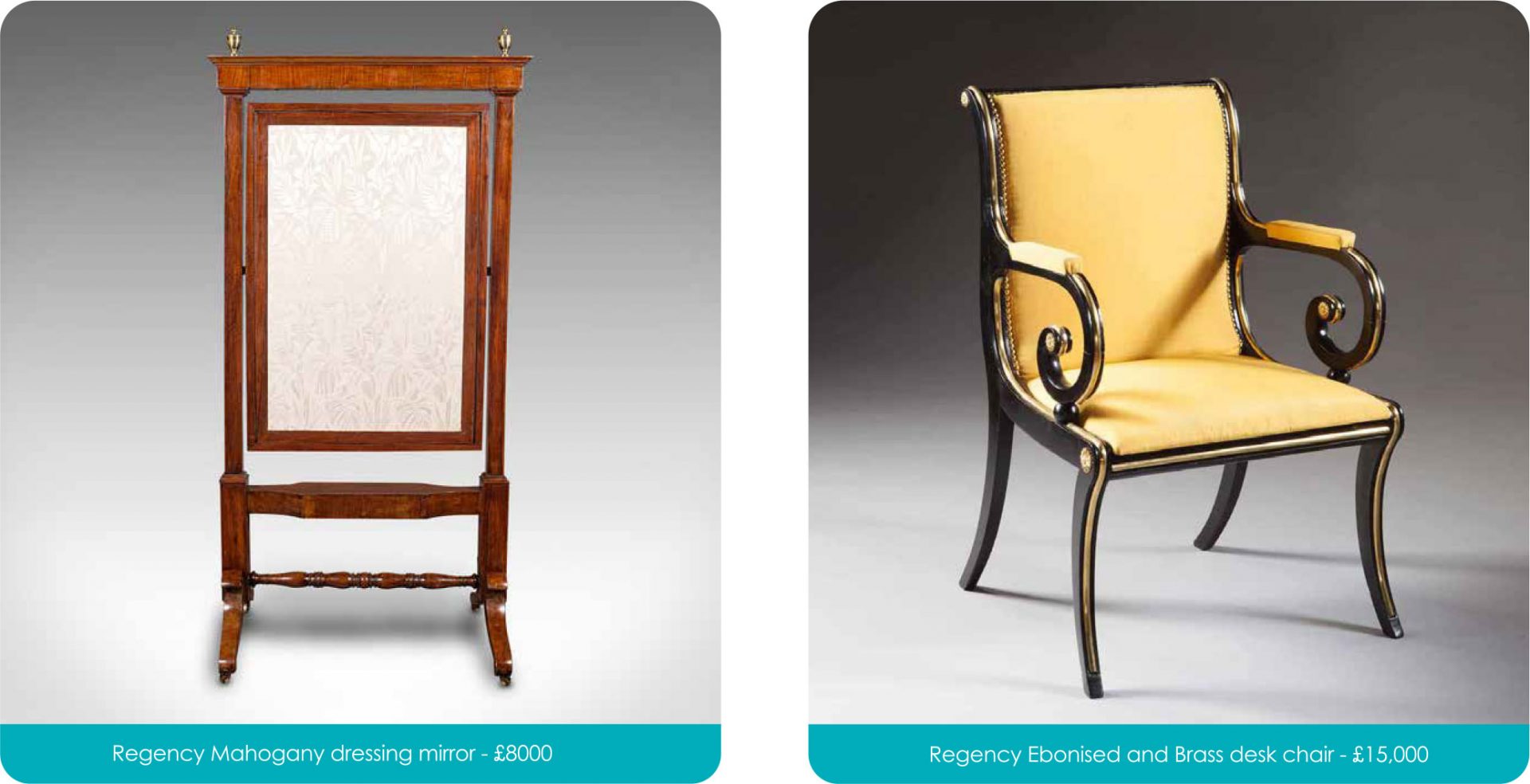In the world of antique furniture, there is nothing that raises temperatures, or gives a better reason for an argument than the rather broad term of brown furniture, but what does it actually mean and is the market for such items truly as doomed as many people would want you to believe?
Firstly, lets back track about 23 years. The 1990s were coming to a close, Lovejoy had been cancelled, Ikea was becoming a love/hate word in the English vocabulary and traditional antique furniture that had been the mainstay of the collectible and usable market had started to hit hard times. The re-discovery of mid-century modern furniture had started to fit with people’s lifestyles and the necessity for a Victorian gentleman’s compac tum had waned.
At this stage, demand had simply dropped and by the 2010s one c ould buy a Victorian chest of drawers, built by a craftsman, from a fine imported mahogany for pretty much the same as a cardboard box full of Swedish chipboard that you would have to spent hours putting together yourself – it just doesn’t seem right, does it?
However ‘Brown furniture’ isn’t simply the row of beaten-up Edwardian sideboards in a local auction house, it includes some of the most glorious items ever made as functional pieces – and to place all items of furniture into a single category, just because they are made from wood seems a little absurd.
The market today for fine antique furniture is perhaps not as s trong as it was in those days when anyone would pay at least a £1000 for something that start ed with “Georgian” but looking at retail markets now, there are fine and rare pieces a vailable for well in excess of what many people would give them credit for.
So what does the future hold for the ‘Brown Furniture’ market?
Let us not kid ourselves, do we really think that the modern, almost disposable lifestyles that people live in 2022 are going to ever need a chest of drawers w ith a brushing slide? Do we think that suddenly every house will need a drop leaf bureau and that writing letters will suddenly become popular again?
Of course, the answer to both of these questions is no, but – the market for customers that actually do desire these items will only go up as the collectors market still strives to own the best, and only the best.
So when your clients say “we have some brown furniture, but it’s not really worth anything anymore” it might be worth getting it looked at…


Alastair has been involved in the antiques industry for over 20 years as an auctioneer and valuer. Alastair has a particularly broad knowledge with interests and passions to include the following specialities; militaria, watches, automobilia, rock and pop, posters, comics books, and musical instruments.








Seems to me vintage furniture (whether antique or not) should be displacing new furniture as much as possible – if only for environmental reasons!
Vintage clothing has become popular for this reason, perhaps the same will happen for furniture.